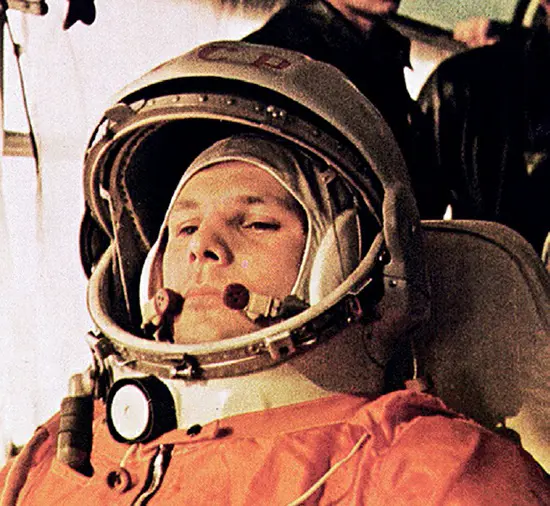The journey of humans into space, a long-held dream fueled by science fiction and early rocketry, became a reality in the 1960s, marking a significant milestone in human history. This breakthrough in space exploration was largely driven by the technological advancements of World War II and the intense competition of the Cold War era. Visionaries like Robert Goddard and Konstantin Tsiolkovsky laid the groundwork, but it was the political and scientific rivalry between the US and the USSR that propelled the space race to new heights.
In this fierce competition, the Soviet Union achieved a groundbreaking victory with Yuri Gagarin becoming the first human in space on April 12, 1961. His mission aboard Vostok 1, lasting about 108 minutes, completed just over an orbit around the Earth. This historic event was closely followed by the United States, which saw Astronaut Alan Shepard embark on a 15-minute sub-orbital flight aboard Freedom 7, just weeks after Gagarin’s mission.
The successful missions of Gagarin and Shepard set the stage for more ambitious space endeavors, including the US’s goal, articulated by President John F. Kennedy, to land a man on the Moon by the end of the 1960s. While the Soviets aimed for the Moon as well, they ultimately fell behind in this specific aspect of the space race.
Both Gagarin and Shepard rose to international fame, sharing their experiences and inspiring a generation. Although Gagarin never returned to space, Shepard went on to command the Apollo 14 mission, becoming one of the twelve people to walk on the Moon. Their legacy is celebrated every year on April 12 with “Yuri’s Night,” a global commemoration of their contributions to space exploration.

